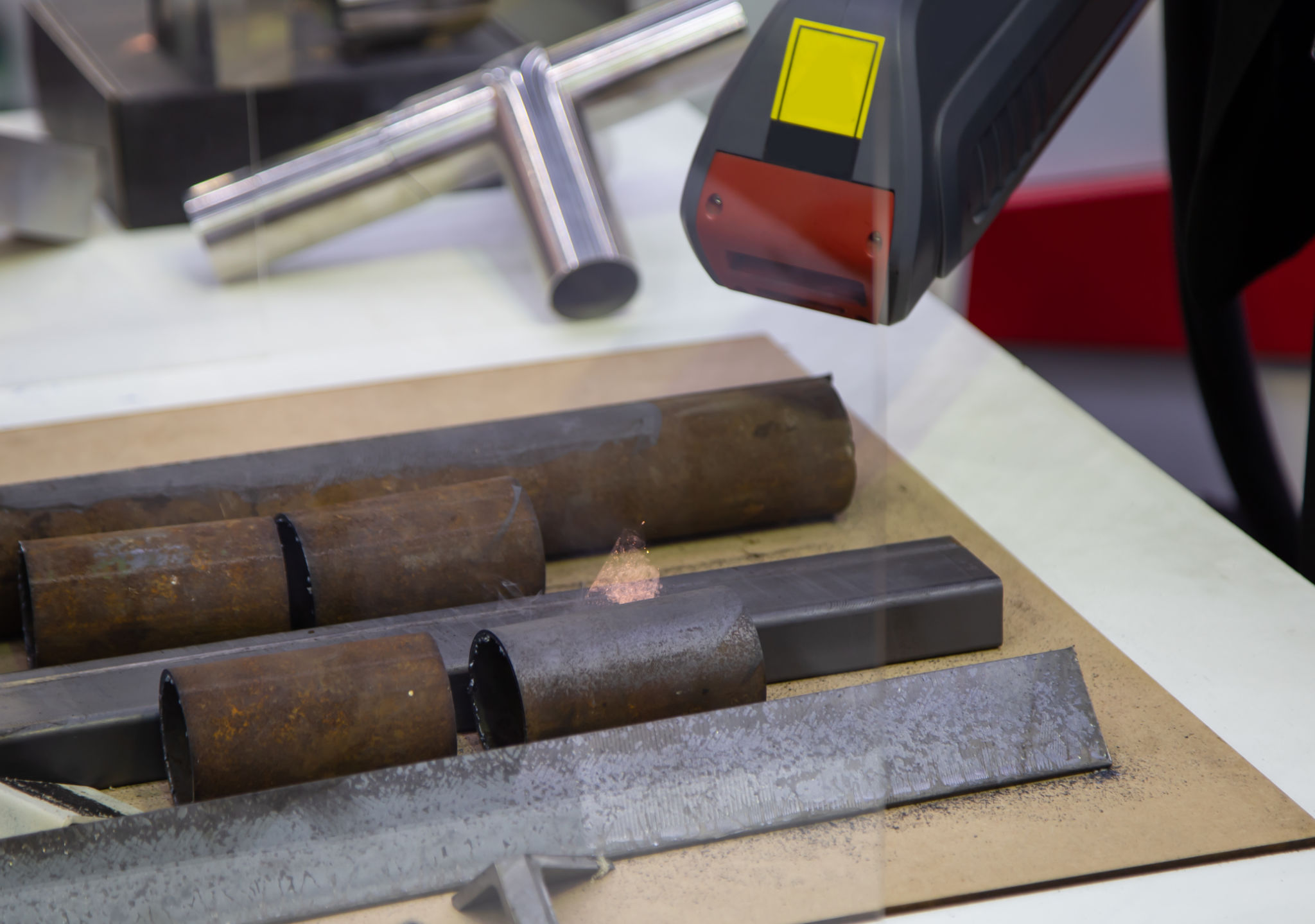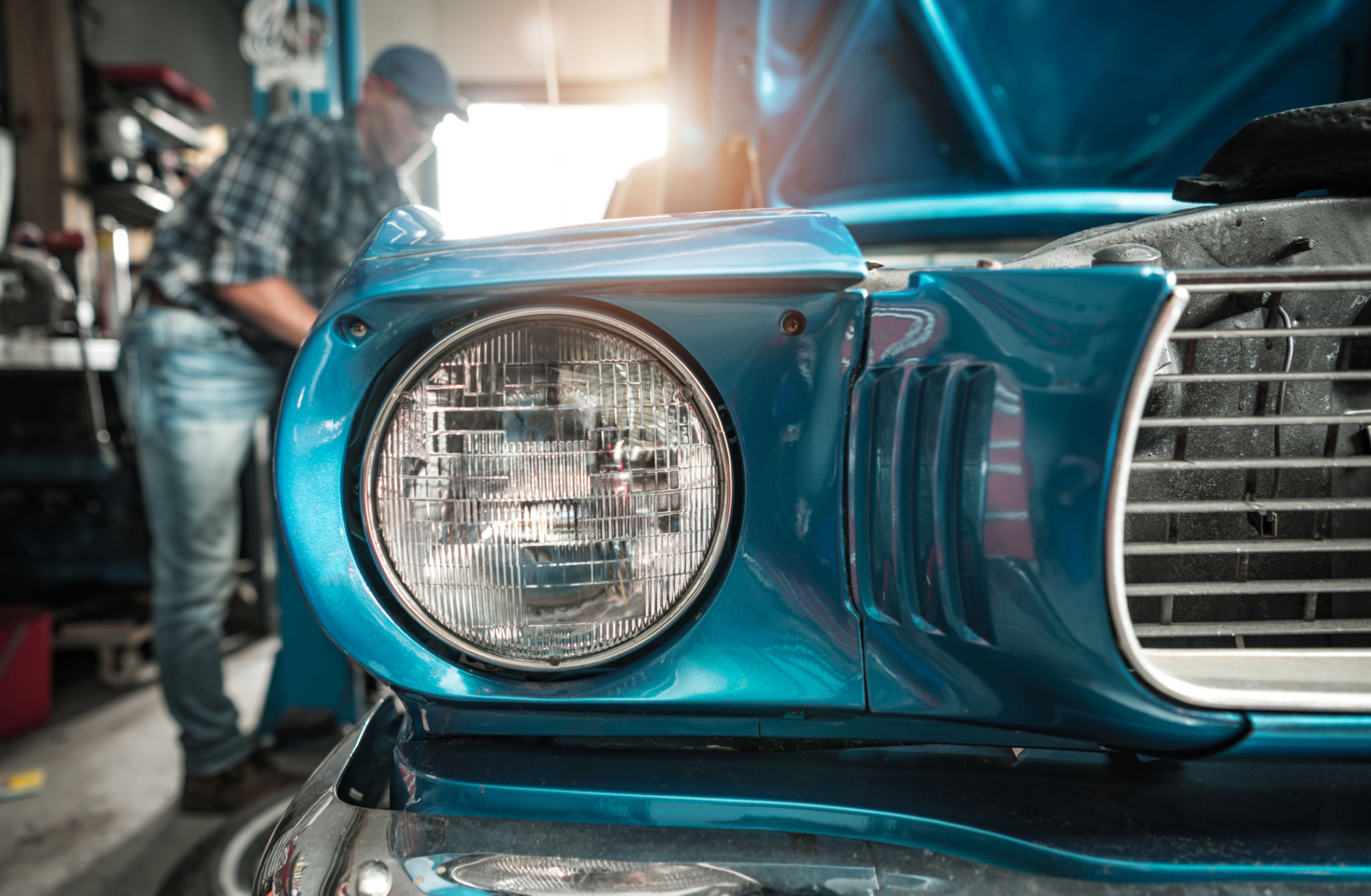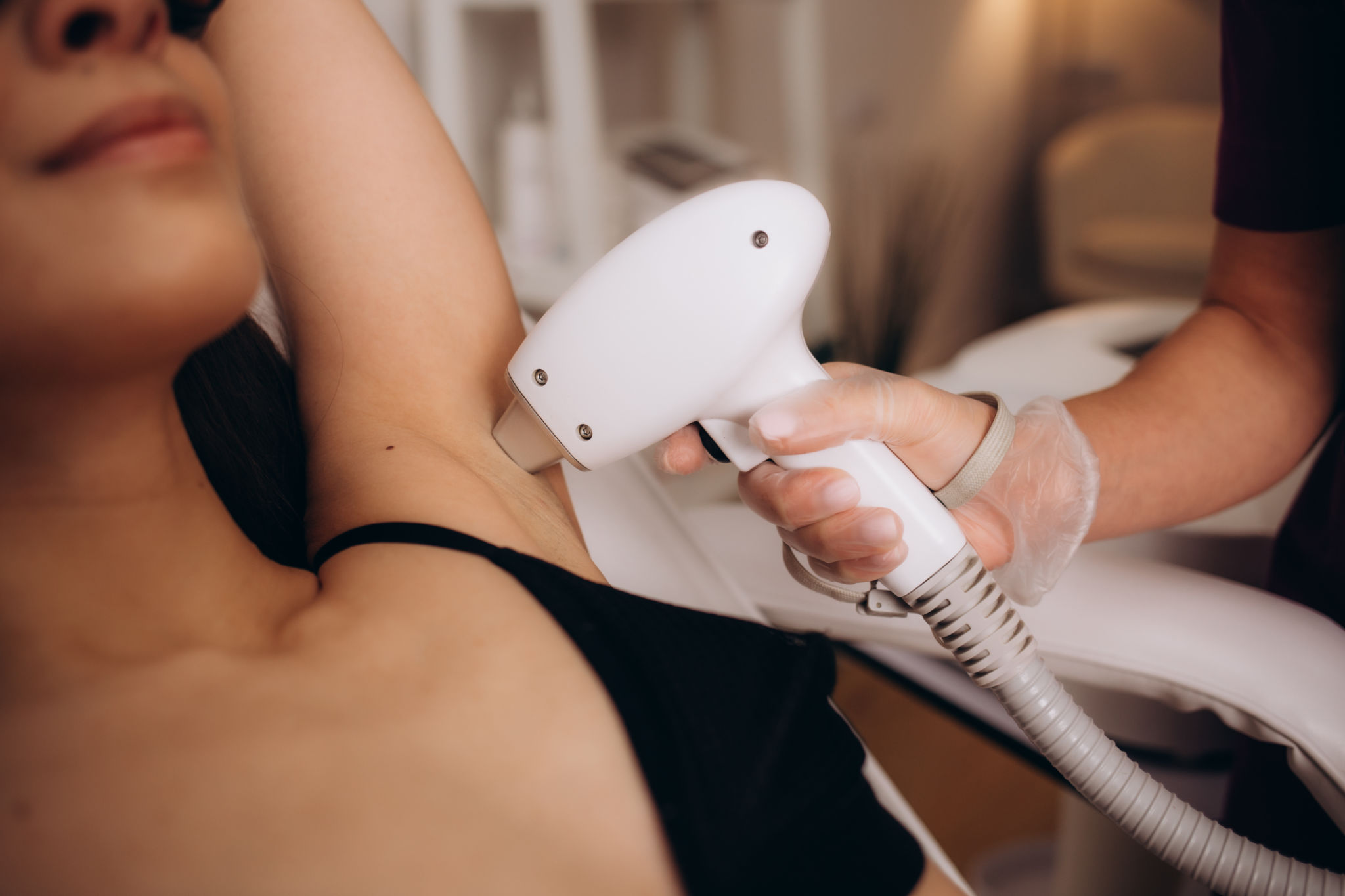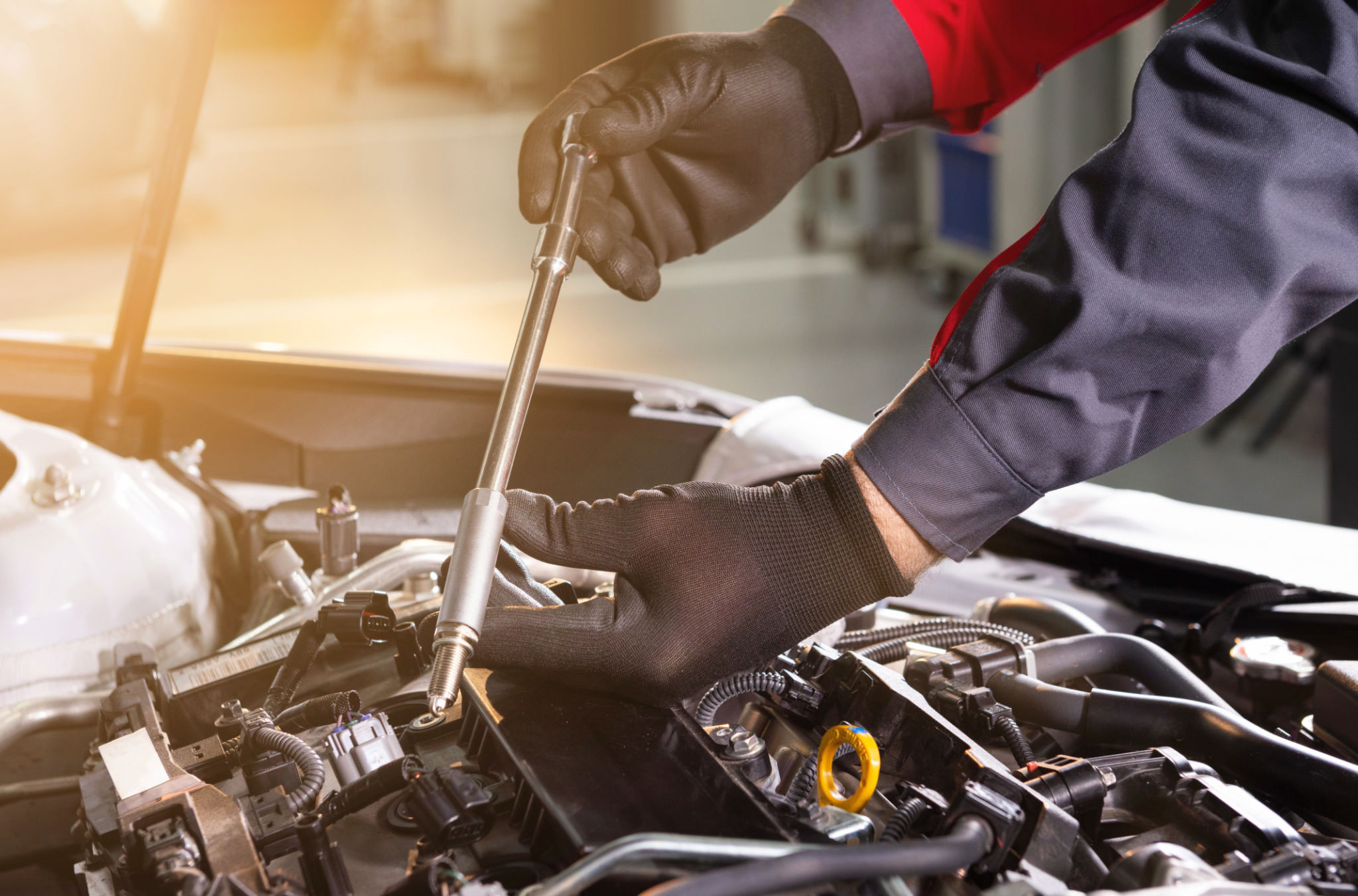The Ultimate Guide to Laser Rust Removal for Classic Cars
Understanding Laser Rust Removal
Rust is a classic car enthusiast's worst nightmare. It not only affects the aesthetic appeal of your beloved vehicle but can also compromise its structural integrity. This is where laser rust removal comes into play. This advanced technology offers a precise, efficient, and environmentally friendly solution to rust problems, making it a preferred choice for many car restorers.
Laser rust removal works by focusing a high-energy laser beam on rusted areas, effectively vaporizing the rust without damaging the underlying metal. This method is non-contact and non-abrasive, ensuring that the classic car's delicate surfaces remain unscathed.

Benefits of Laser Rust Removal for Classic Cars
One of the primary advantages of laser rust removal is its precision. Unlike traditional methods such as sandblasting or chemical treatments, lasers can target specific areas without affecting surrounding paint or metal. This makes it particularly valuable for classic cars, where preserving original materials is crucial.
Additionally, laser rust removal is a clean process. It doesn't produce secondary waste or require chemicals, making it an environmentally friendly option. This means no harmful residues are left behind, which is beneficial not only for the vehicle but also for the environment.

The process is also quick and efficient, reducing the time required for rust removal and allowing restorers to focus on other aspects of car restoration. This efficiency translates to cost savings, which is always a welcome benefit in any restoration project.
Choosing the Right Equipment
When considering laser rust removal, it's essential to choose the right equipment. There are various types of laser systems available, each with different power levels and capabilities. For classic cars, it's crucial to select a laser system that matches the specific needs of the project.
- Low-Power Lasers: Suitable for delicate surfaces and precise work.
- Medium-Power Lasers: Ideal for moderate rust and larger areas.
- High-Power Lasers: Designed for heavy rust removal and industrial use.

Steps for Effective Laser Rust Removal
Implementing laser rust removal involves several key steps to ensure optimal results. These steps include:
- Assessment: Evaluate the extent of rust and determine the appropriate laser power needed.
- Preparation: Clean the surface to remove any dirt or loose particles that could interfere with the laser's effectiveness.
- Execution: Carefully apply the laser to the rusted areas, ensuring uniform coverage and avoiding over-exposure to sensitive parts.
- Finishing: Inspect the treated area for any remaining rust and follow up with protective coatings if necessary.
Maintaining Your Classic Car Post-Treatment
After completing laser rust removal, maintaining your classic car is essential to prevent future rusting. Regular cleaning and applying protective coatings can help shield your vehicle from environmental elements that promote rust formation.
Additionally, storing your classic car in a dry, climate-controlled environment can significantly reduce exposure to moisture and other corrosive elements. Regular inspections will also help catch any early signs of rust, allowing for timely intervention before it becomes a significant issue.

